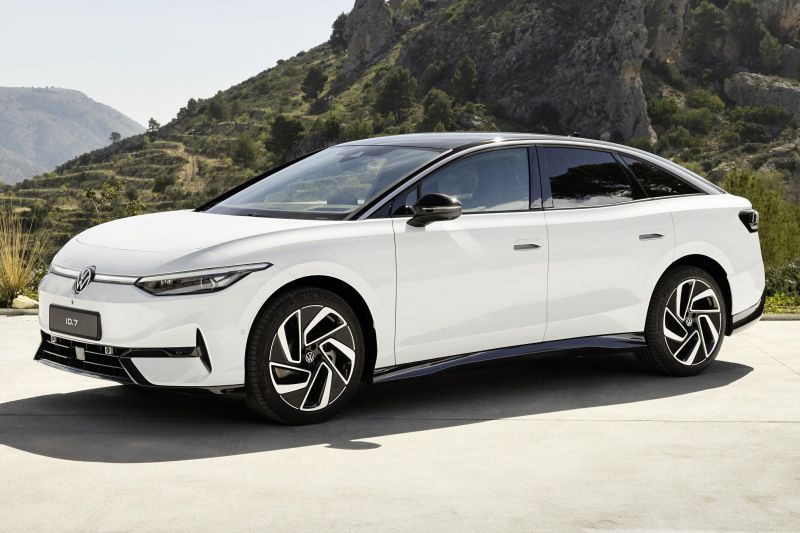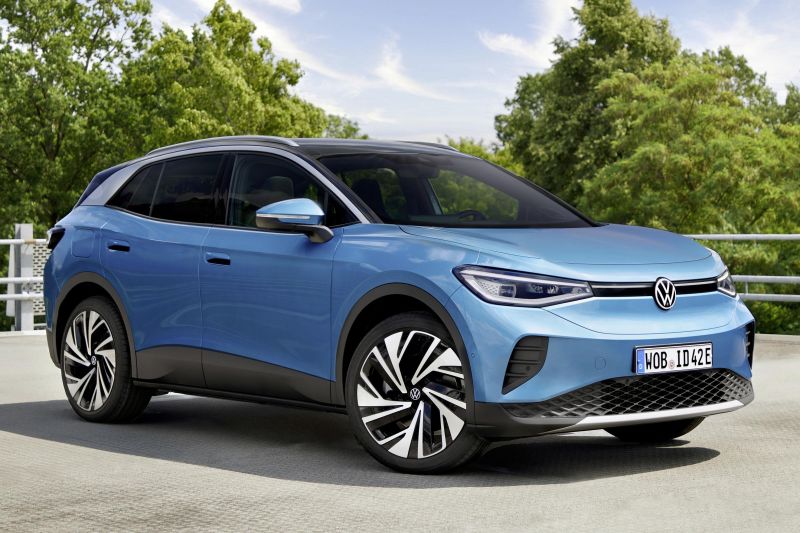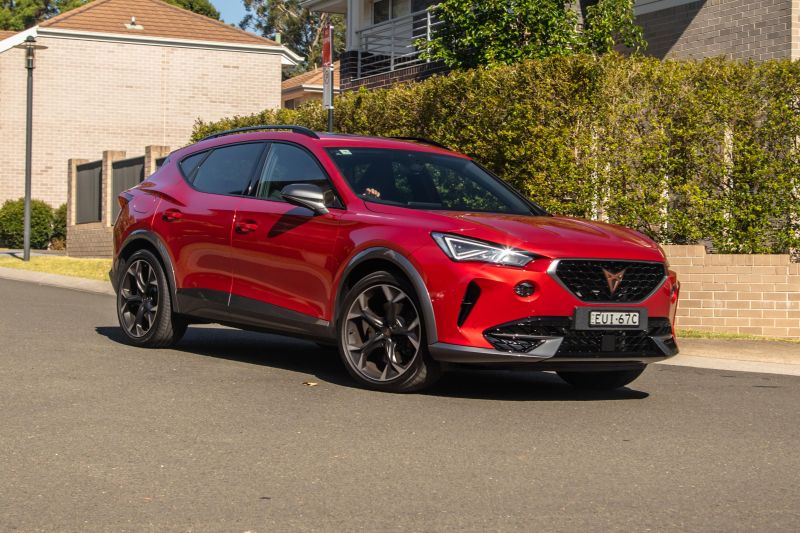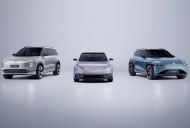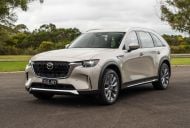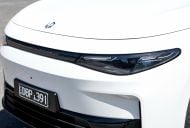The Volkswagen Group has rebounded from a difficult 2022 to register a 11.9 per cent sales increase to 9.24 million units in 2023.
Despite rising past the nine million mark, the Volkswagen Group will once again finish in second place to Toyota Motor Corporation, which to the end of November 2023 had already notched up 10.2 million sales worldwide.
The Wolfsburg-based conglomerate sold roughly 770,000 pure electric vehicles (EVs) in 2023, a jump of 35 per cent over the previous year. EVs now account for 8.3 per cent of the company’s total sales, up from 6.9 per cent in 2022.
Recently the group’s largest market was China, but the company has struggled there of late, with local manufacturers releasing new plug-in hybrid and fully electric models at a prodigious rate.
Thanks to a big increase in sales across Western Europe, the automaker’s home market is — for now — once again its most numerically important.
| Region | 2023 | Change |
|---|---|---|
| Western Europe | 3,270,000 | 20.7% |
| China | 3,240,000 | 1.9% |
| North America | 990,000 | 17.9% |
| South America | 520,000 | 10.6% |
| Central and Eastern Europe | 500,000 | 13.6% |
| Asia-Pacific (rest) | 360,000 | 9.1% |
| Middle East & Africa | 360,000 | 28.6% |
Volkswagen
Out of the many brands owned by the automaker, only two have so far provided details about their 2023 sales performance: Volkswagen, and Seat/Cupra.
The core Volkswagen brand increased sales by 6.7 per cent to 4.87 million. The automaker’s namesake marque made up 52.7 per cent of the company’s total sales.
Volkswagen sold 394,000 EVs in 2023, an improvement of 21.1 per cent. EVs now account for 8.1 per cent of the brand’s overall sales.
With talk of doom and gloom around EV sales, the brand is keen to point out that roughly 30,000 ID.4 crossovers were sold in Germany, with a further 38,000 sold in the USA. Around 75,000 ID.3 hatchbacks were sold in China, a 200 per cent increase from the previous year.
Crossovers continued their march up the leaderboard, increasing their sales by 14.9 per cent. They now account for 54.2 of the brand’s global sales, with the T-Roc being the most popular one in Europe.
Despite this, traditional models aren’t completely dead. The Polo, for instance, registered 110,000 sales in Brazil, and saw a 44.1 per cent increase in Germany to 33,500 units.
Volkswagen will likely provide more figures regarding model sales and regional figures when the automaker publishes its full-year financial statements later during the first quarter.
SEAT and Cupra
SEAT S.A., the company that runs both the SEAT and Cupra brands, notched up an impressive 34.6 per cent gain to register 519,200 units sold.
Despite recent confirmation the SEAT brand will slowly wind down in favour of its more athletically positioned offshoot, SEAT (up 24.0 per cent to 288,400) still registered more sales than Cupra (up 50.9 per cent to 230,700).
The two top sellers for Cupra were the Formentor crossover (up 23.0 per cent to 120,100), and all-electric Born hatch (up 44.4 per cent to 45,300).
| Country | 2023 | Change |
|---|---|---|
| Germany | 72,300 | +23.8% |
| UK | 25,700 | +78.5% |
| Spain | 19,600 | +43.0% |
| Italy | 17,100 | +50.9% |
| France | 15,100 | +97.6% |
| Turkey | 10,000 | +258.3% |
| Poland | 9,200 | +197.6% |
| Austria | 7,600 | +40.7% |
| Mexico | 6,500 | +51.8% |
| Australia | 3,800 | +238.1% |
Meanwhile the top three models for SEAT were the T-Cross-size Arona crossover (up 25.3 per cent to 89,000), the Polo-sized Ibiza hatch (up 51.5 per cent to 77,700), and Skoda Karoq-based Ateca crossover (up 38.5 per cent to 66,800).
Unsurprisingly, Spain, SEAT’s home market, was its largest with Germany coming second. The sportier Cupra brand, on the other hand, had Germany as its most important market by some margin, with Spain only making it to the final podium position.
| Country | 2023 | Change |
|---|---|---|
| Spain | 59,700 | +21.2% |
| Germany | 56,800 | +21.2% |
| UK | 32,100 | +44.8% |
| France | 18,100 | +30.0% |
| Mexico | 14,600 | +92.6% |

